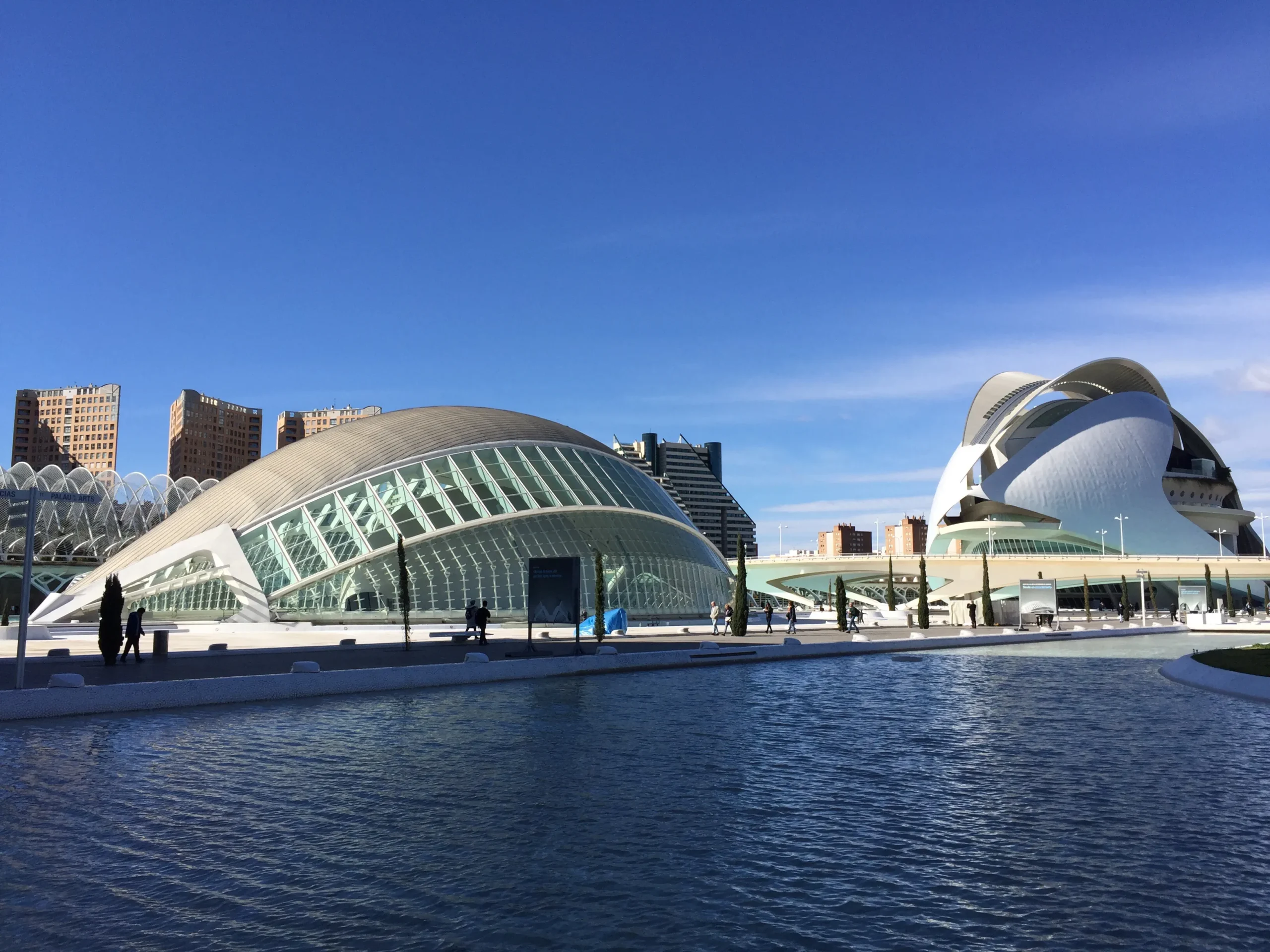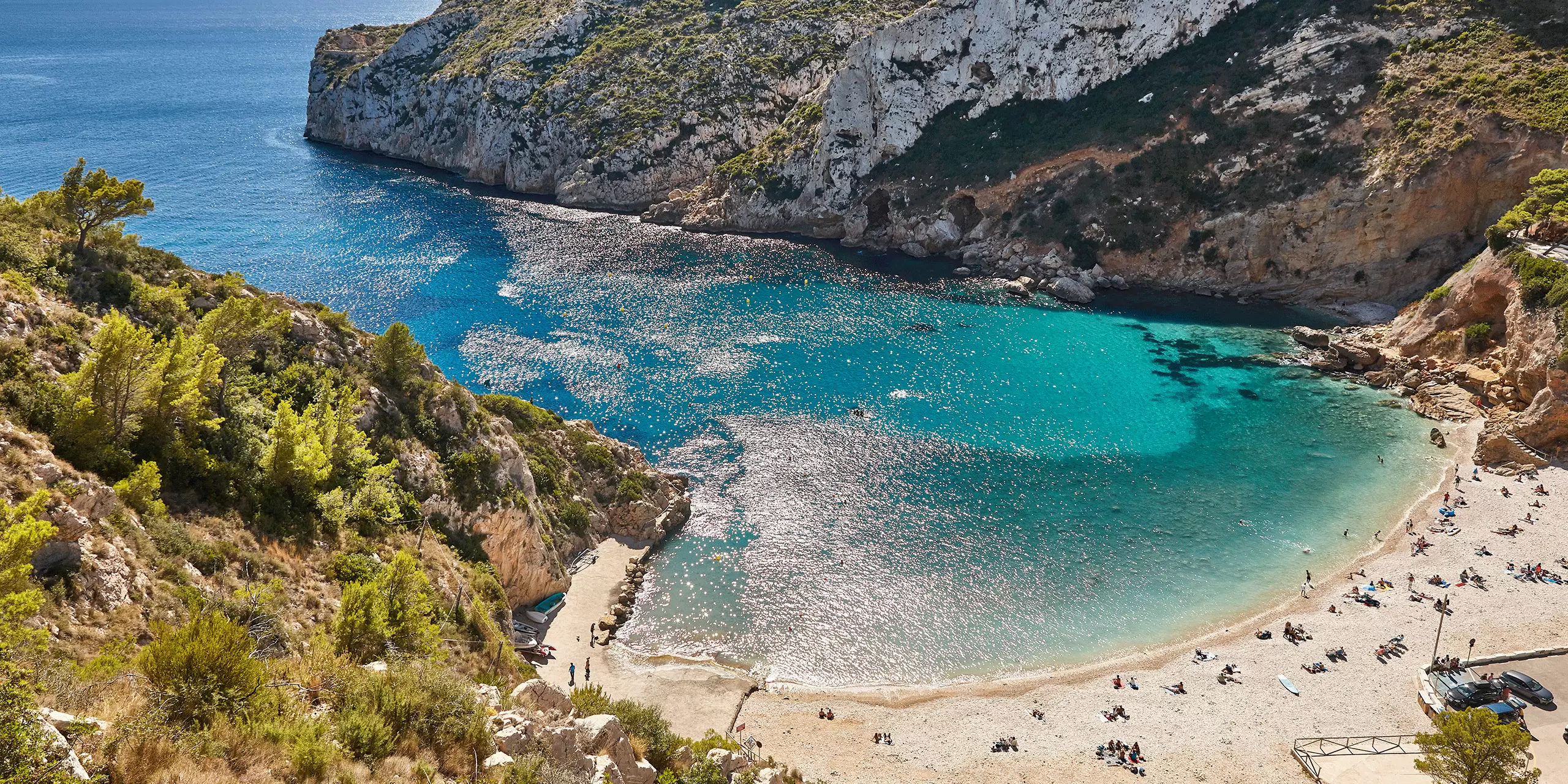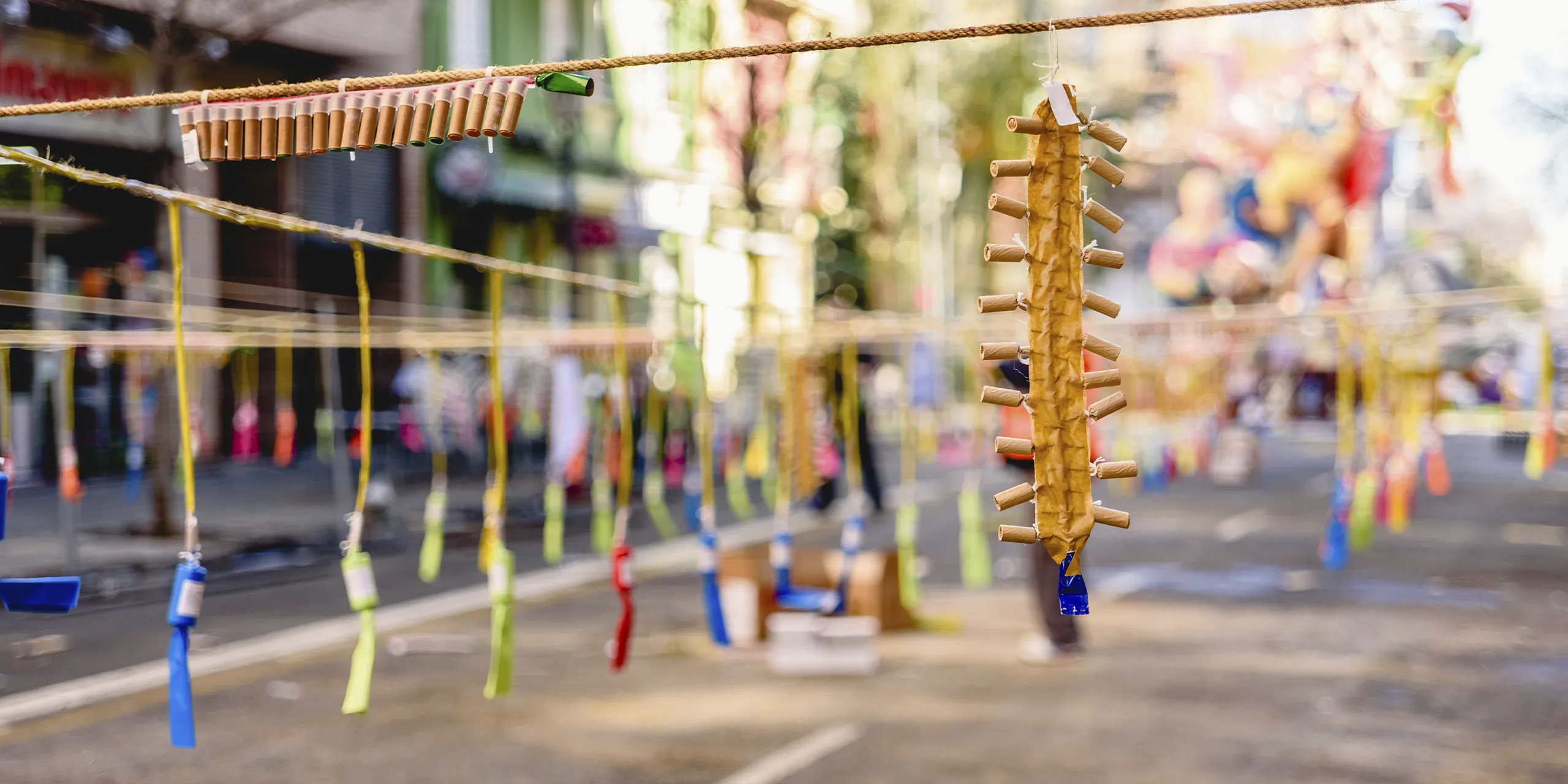Description
Kom en geniet van een avontuur vol leven aan boord van onze luxe jachten en ontdek de essentie van Valencia in een reis van 7 dagen en 6 nachten. Bezoek de stedelijke stranden met hun kosmopolitische sfeer, verken het historische centrum met zijn historische en culturele monumenten, verwen uw smaakpapillen met de heerlijke Valenciaanse gastronomie en beleef de lokale cultuur in zijn festivals en tradities.
Poseidon Week biedt u een unieke en onherhaalbare ervaring. Een reis vol ontspanning, plezier, cultuur en emoties waardoor u zich een echte Valenciaan zult voelen.
Valencia is een levendige reis aan boord van een luxe jacht of zeilboottocht
Ga mee op een levendig avontuur met Poseidon Week en ontdek de essentie van Valencia, de stad van de Middellandse Zee. Geniet van 7 dagen en 6 nachten aan boord van een jacht of zeilboot, all-inclusive, en verken de stedelijke stranden, het historische centrum vol geschiedenis en cultuur en de heerlijke gastronomie.
Poseidon Week biedt u een unieke en onherhaalbare ervaring. Kies uit verschillende pakketten om het pakket te vinden dat het beste bij uw behoeften past.





